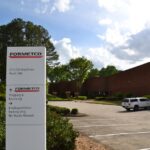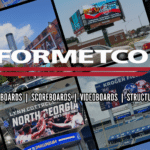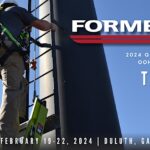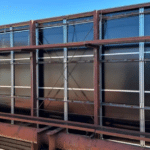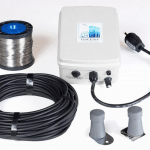Hardware Spotlight
Preparing the Safety Procedure
By: Jim Poage
To recap the April and May newsletters, so far we have covered recognizing a workplace hazard by using a Job Hazard Assessment and evaluating a job to determine the direction to take to protect employees (i.e. elimination, substitution, engineering, administrative, and personal protective equipment controls). This article covers preparing the safety procedure.
To prepare to write the safety procedures it is necessary to determine what governmental standards you are covered under. The Occupational Safety and Health Administration (OSHA) identifies four different standard classifications based on the North American Industry Classification code (NAIC) that the business falls under and the type of work being performed. If you are unsure of your NAIC code you can use this link to look it up: NAIC Code
Using the NAIC code, you can now determine which Code of Federal Regulations (CFR) your business falls under. Part 1910 is the General Industry Standard, Part 1926 is the Construction standards, Part 1928 is Agriculture, and the Maritime standards are Parts 1915, 1917, and 1918. Out of home advertising will fall under either 1910 or 1926. 1910 is for advertising on a structure and 1926 is the installation and fabrication of a structure. There is also the CFR Part 1904 that addresses recordkeeping which we will cover in our next article.
The CFR Part 1910 General Industry Standard is broken down into specific chapters as they apply to each safety topic. For instance, Part 1910 Subpart S deals with Electrical requirements for General Industry employers. Going through Subpart S will tell you everything that OSHA requires of General Industry employers to keep employees safe. The CFR Part 1926 is also broken down into specific chapters, but it is dedicated to Construction companies and the Electrical requirements are found under Subpart K. Subpart K has some information similar to the 1910 Subpart S, but there are also a lot of construction specific requirements. This is why you need to identify the applicable CFR standard and review it for the information that applies to your industry.
I once knew a small business employer that had an OSHA audit following an accident that hospitalized three of his workers. When the OSHA Compliance Safety and Health Officer arrived, he asked to see the company safety program. The business owner handed the inspector a copy of the 1910 standard and said “This is my safety program. This is what I comply with.” To which the inspector said that he was glad to hear that and now would be going through every page to ensure it was applicable to his business and that the owner did comply with every part of the standard. The purpose of the CFR is to provide guidance on what OSHA has determined to be the minimum steps an employer must take to protect employees who perform certain task, not to be a global safety program. Next time we will discuss how to take all this newfound knowledge and assemble a safety procedure. Until then, Be Safe!
For more information about how to prepare a safety procedure contact Jim Poage, jimpoage@formetco.com or 678-951-1132.


